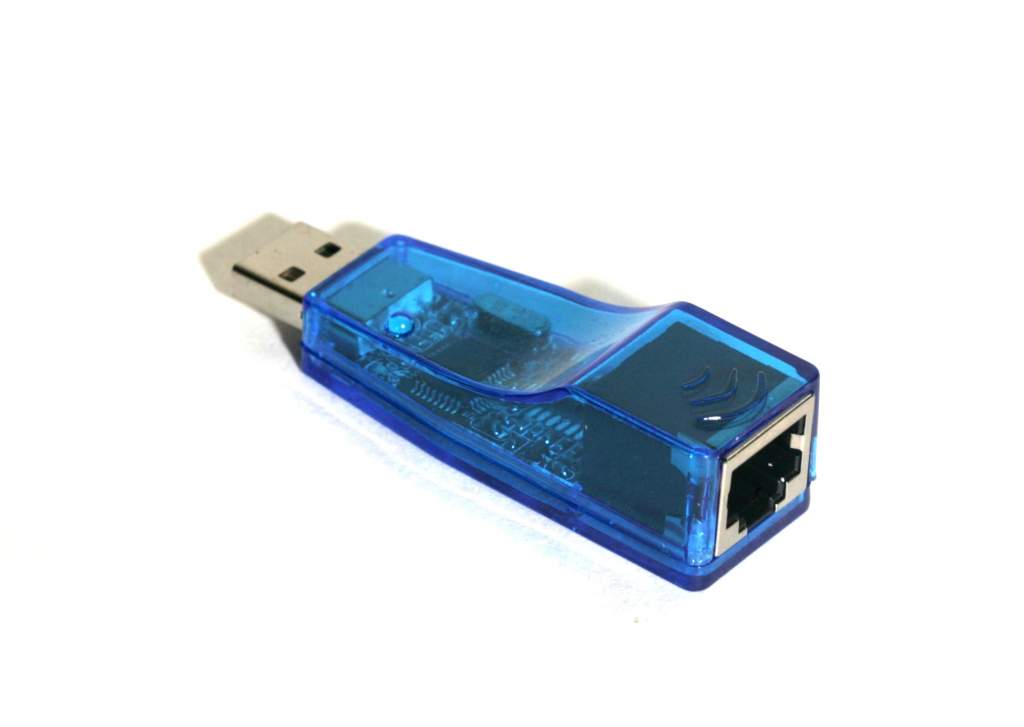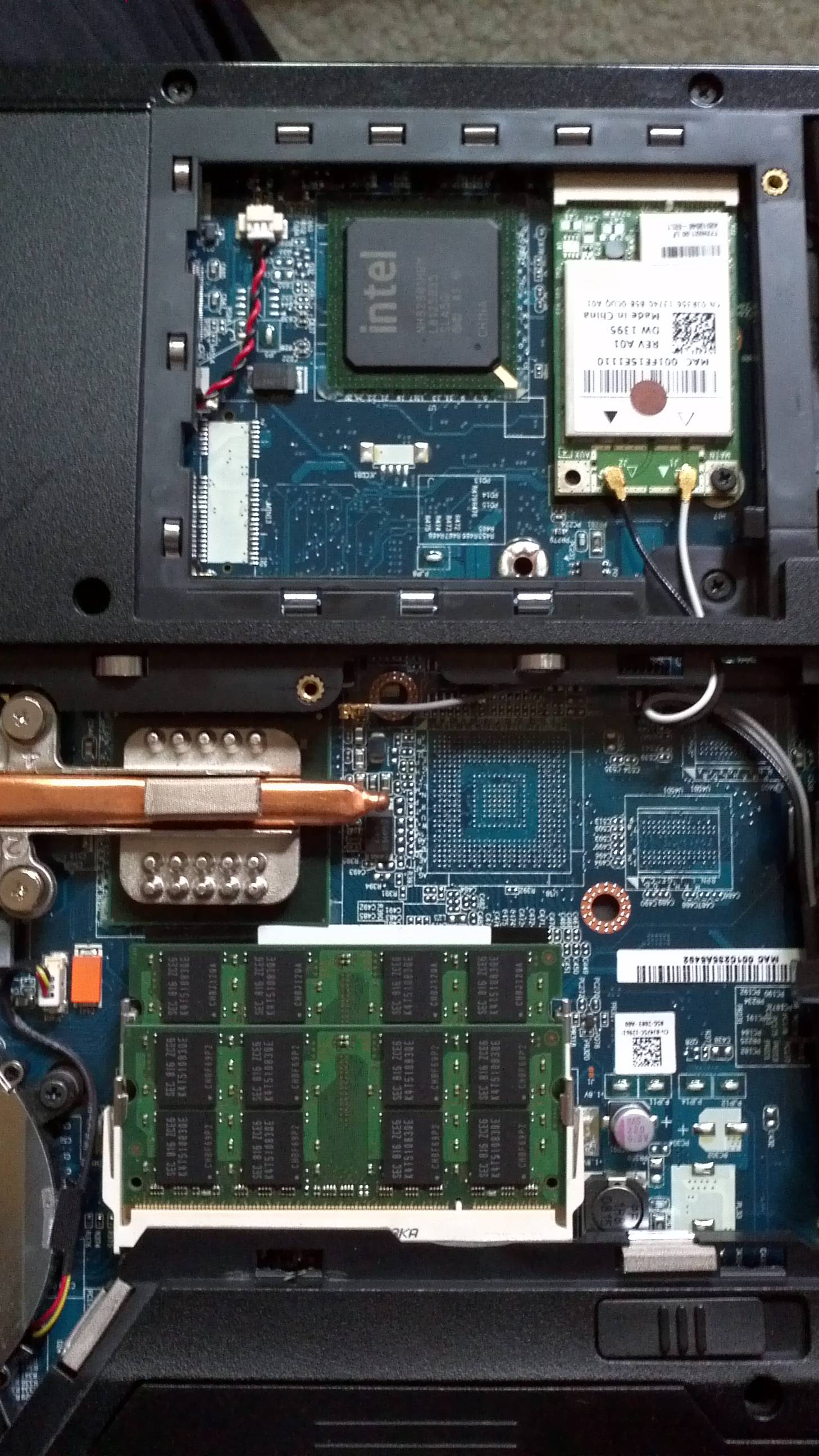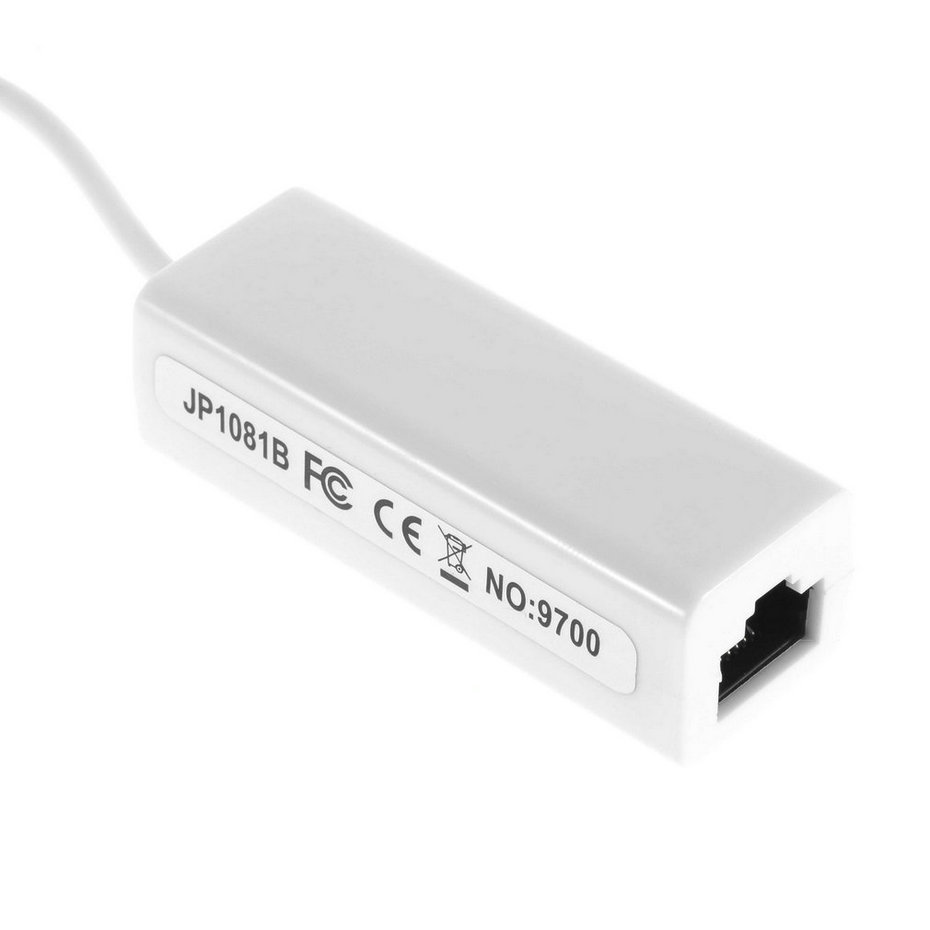

First, you need to be running a 64-bit version of Windows 7, 8, or 10. However, if you happen to be in a situation where you don’t have a compatible dongle but have access to an Apple USB to Ethernet adapter, you can potentially get it to work. If you have a compatible USB to Ethernet dongle for your Windows laptop, you should use it. Computer manufacturers, especially when it comes to slimmer and sleeker laptop models, will do away with a built-in Ethernet port in favor of wireless only or wireless with the option to use a USB to Ethernet dongle to establish a wired connection. Unfortunately, you don’t have a built-in Ethernet port on your laptop. You need a stable, reliable fast network connection so a wired connection is the way to go. The general reason would be that the Wi-Fi connection you’re on isn’t working, isn’t reliable and/or is too slow to perform whatever task(s) you need to get done. Well, the short answer is YES, but it does require a little work to get it setup.īefore going any further, let’s just clarify why we would even consider this.


The number next to Ethernet ID is you MAC Address.Click on Advanced from the lower right.Select Ethernet from the left hand side.From the dock, select System Preferences.It may also be listed as "Hardware Address" or "Physical Address." It will look something like the following: 00 0B 4D 2F 62 7Aįor Macintosh (OS 10.5 and higher) Systems Write down the MAC Address for your adapter. The MAC Address and other parameters will be displayed in the DOS window.At the prompt, type the following: ipconfig /all.This number is often imprinted on the network card however, you may query your computer for the number, using one of the following methods: The Ethernet MAC Address is a unique identifier for network cards, of the form 05-A8-34-C3-67-B4 or 05A8342367B4 (6 pairs of digits and characters in the range A-F, which might or might not be separated by hyphens).


 0 kommentar(er)
0 kommentar(er)
